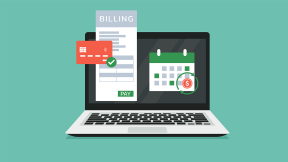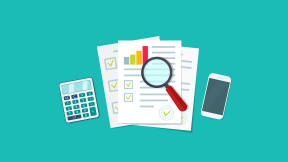650 credit score: A guide to credit scores

Quick insights
- A 650 credit score is generally considered “fair.”
- A score in this range may limit you from certain financial opportunities.
- Payment history, monitoring your credit and lowering your credit utilization ratio can be helpful ways to improve this score over time.
If you recently checked your credit score and it landed around 650, you might be wondering what this number means and how it affects you. Learn more about what a 650 credit score means and how you may be able to improve it below.
Understanding what a 650 credit score means
Credit score ranges vary depending on the scoring model used, but generally, a score above 700 is considered “good,” while a score below 650 may fall into the credit score range of fair. Note that there are two credit scoring models—the VantageScore® and FICO® score.
While these two models vary slightly, they both consider a 650 credit score to be fair. While everyone with a score of 650 gets there by his or her own unique path, people with scores in the fair range may be new to credit or met some challenges along the way. Individuals with a 650 credit score may face challenges in obtaining credit at favorable terms and may be offered higher interest rates or lower credit limits. A 650 score isn’t too far from the next tier of credit score ranges, let’s go into more detail about this below.
Credit card options for a 650 credit score
Even though a 650 credit score is within the fair range, you may still be able to find some credit card options with this credit score. Some issuers may offer specific credit cards designed to help individuals with fair credit scores. However, you may find they come with lower credit limits, higher annual percentage rates (APRs) or require an initial deposit.
Managing and improving a 650 credit score
If you want to help improve your 650 credit score, there are several ways you may be able to do this. Some tips to help improve your credit include, but are not limited to:
- Paying off debts.
- Building a positive credit history through on-time, consistent payments.
- Monitoring and protecting your credit.
- Consider enrolling in Chase Credit Journey®, a free online tool anyone can use—including non-Chase customers—to check your credit score and track their progress.
Let’s explore each of these strategies in more detail.
Strategies for paying off debt
Because debt-to-income ratio is an important factor when calculating your credit score, addressing your debts may be a helpful way to help you improve your score over time. There are a variety of different debt repayment strategies, including:
- Debt snowflake method—a way to find small savings in your daily life to help you pay your debt.
- Debt snowball method—where you “roll” your monthly payments from your smallest to your largest debts in order to pay off your smallest debts as quickly as you can.
- Debt avalanche method—paying off the debt with the highest interest rate first.
- Debt consolidation and balance transfers—strategizing your debt payments so you owe less in interest rates over time.
Paying off debt can be crucial for improving a credit score as it also reduces the individual's credit utilization ratio, which is the amount of credit you use against your total available credit. Ideally, keeping your credit utilization ratio to about 30% or less can help with improving your credit score over time.
Building a positive credit history
Credit history is an important factor calculated into your score and includes factors such as payment history, length of credit history and types of credit used. Building a positive credit history can be achieved by making timely payments, keeping credit utilization low, and diversifying credit accounts. Though bear in mind that if you apply for new lines of credit a hard inquiry will be conducted by your potential lender, causing your score to temporarily decrease.
Even if you have a negative item, you can still take action to help improve your score for the future. Let’s say you have a derogatory remark on your credit report, such as bankruptcy. If this is the case, you may need to wait several (typically 7-10) years before this can fall off your credit report. Once a negative items falls from your report, you may see some more improvements to your score.
Monitoring and protecting your credit
Unfortunately, we live in a world where we can become easily susceptible to identity theft and fraud. With some proactive steps, you can help protect yourself from bad actors. To help monitor and protect your credit, you can:
- Review your credit report to identify errors, detect fraudulent activity and report it to the credit bureaus.
- Use secure passwords to help protect your accounts.
- Shred unwanted physical copies of documents that contain important personal information such as your Social Security number (SSN).
- Check your credit score regularly to look for any sudden changes that could indicate suspicious activity.
- Enroll in Chase Credit Journey identity and credit monitoring alerts to help you stay aware of potential threats to your score.
Using the Chase Credit Journey score improvement feature
When you enroll in Credit Journey®, not only will you have access to helpful tools and resources to better understand your score, but you can set up a personalized action plan provided by Experian. This plan gives you steps you can take to help improve your credit score over time, all based on your individual accounts and credit history and intended goal. These steps may include paying down debts, lowering your credit utilization ratio and more.
In conclusion
If you feel that your 650 credit score is keeping you from unlocking certain financial opportunities, you may want to consider improving it by adopting healthy financial habits. By improving your debt situation, lowering your credit utilization ratio, making timely payments and monitoring your credit, you can be well on your way towards improving your credit score.



